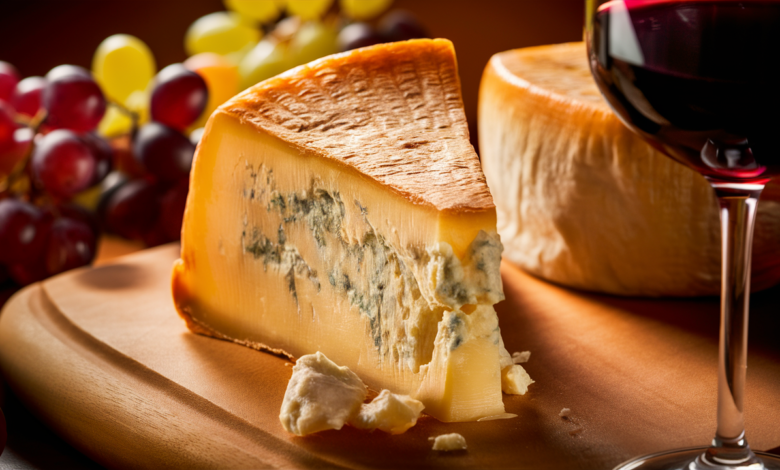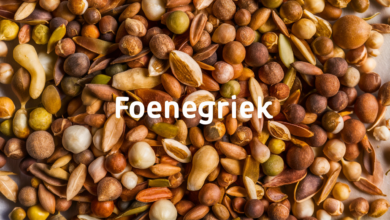Masgonzola: The Ultimate Guide to the Legendary Cheese

Masgonzola is more than just a name—it’s a culinary masterpiece that bridges tradition, flavor, and craftsmanship. This cheese has become an icon among cheese enthusiasts, food critics, and gourmet chefs worldwide. Whether you enjoy it on a cracker, melted in a sauce, or as the centerpiece of a charcuterie board, Masgonzola offers a bold, creamy experience unlike any other. In this detailed guide, we’ll explore everything about Masgonzola—its history, types, flavor profile, uses in cooking, nutritional value, and tips for storing and serving it perfectly.
The Origin and History of Masgonzola
Masgonzola traces its roots to the heart of Italy, a country famous for its diverse cheese-making heritage. The cheese was originally crafted in the northern regions, where local dairymen combined time-honored methods with rich, high-quality cow’s milk. Over centuries, it evolved into the rich, tangy delicacy we know today. What makes Masgonzola distinct from other blue cheeses is its unique aging process, which enhances its creamy texture and deep, earthy aroma.
In Italian culinary culture, Masgonzola has long been associated with luxury dining. From royal banquets in medieval Europe to Michelin-starred restaurants today, it remains a symbol of refined taste and craftsmanship. The production process still involves traditional techniques, including the careful curdling and aging that gives it its characteristic blue-green veins and smooth consistency.
The Unique Characteristics of Masgonzola Cheese
Masgonzola stands out for its complex flavor profile—a perfect balance of creamy sweetness and sharp tanginess. The texture ranges from soft and spreadable to firm and crumbly, depending on its age. The distinct blue veins running through the cheese result from the introduction of Penicillium mold cultures, which develop during the maturation phase.
The outer rind of Masgonzola is typically natural, protecting the rich, buttery interior. The flavor develops over time, starting with a mild creaminess and gradually deepening into bold, savory notes with hints of spice, nuts, and sweetness. Its aromatic depth makes it one of the most versatile cheeses for both everyday and gourmet use.
Types of Masgonzola Cheese
There are two primary varieties of Masgonzola, each with its unique characteristics and uses:
Masgonzola Dolce (Sweet Masgonzola)
This is the younger version of the cheese, aged for a shorter period—usually around 2 to 3 months. Masgonzola Dolce is soft, buttery, and less pungent, making it ideal for those who prefer a milder blue cheese. It’s excellent for spreading on bread, pairing with fruits, or melting into creamy sauces.
Masgonzola Piccante (Spicy Masgonzola)
Masgonzola Piccante is the aged and more intense version of the cheese. Matured for up to 6 months, it has a firmer texture and a more pronounced flavor, with a sharper and saltier taste. This version is perfect for crumbling over salads, enriching pasta dishes, or adding depth to savory sauces and soups.
Both types deliver the signature richness of Masgonzola but cater to different palates and culinary applications.
Nutritional Value of Masgonzola
Masgonzola is not just a treat for your taste buds—it’s also nutrient-rich and wholesome when enjoyed in moderation. It contains high-quality protein, essential fats, and a variety of vitamins and minerals.
A 100-gram serving of Masgonzola typically includes:
-
Protein: 20–22 grams
-
Fat: 28–30 grams (with healthy saturated and monounsaturated fats)
-
Calcium: 500–600 mg
-
Vitamin A, B12, and D: Present in significant amounts
-
Sodium: Moderate to high, depending on the variety
The presence of beneficial bacteria from the fermentation process supports gut health, while calcium and phosphorus promote strong bones and teeth. However, because of its richness, moderation is key for a balanced diet.
Culinary Uses of Masgonzola
Masgonzola is one of the most versatile cheeses in the world of gastronomy. Its creamy texture and intense flavor allow it to enhance both simple and sophisticated dishes.
1. Sauces and Pasta
Masgonzola is the secret ingredient in many Italian pasta recipes. It melts beautifully into creamy sauces, pairing perfectly with fettuccine, gnocchi, or penne. A touch of Masgonzola in a white sauce can elevate any dish to restaurant quality.
2. Pizza and Risotto
A few dollops of Masgonzola on pizza add a tangy richness that complements other cheeses like mozzarella and parmesan. In risotto, it creates a velvety finish that’s hard to resist.
3. Salads and Appetizers
Crumbled Masgonzola adds a punch of flavor to salads with walnuts, pears, or arugula. It’s also excellent in appetizers—spread on toasted baguette slices or paired with honey and figs for a balanced sweet-salty bite.
4. Meat and Seafood Dishes
Masgonzola pairs wonderfully with grilled steaks, chicken breasts, or roasted lamb. It can also add depth to seafood dishes, especially when combined with cream or butter-based sauces.
5. Desserts and Pairings
Surprisingly, Masgonzola also complements desserts. Pair it with dark chocolate, drizzle it with honey, or serve it with sweet wines like Moscato or Port for a luxurious finish.
How to Store and Serve Masgonzola
To enjoy Masgonzola at its best, proper storage and serving techniques are crucial. Always store it in the refrigerator, wrapped in parchment paper or cheese paper to allow it to breathe while preventing excess moisture buildup. Avoid airtight containers, as they can alter the flavor and texture.
Before serving, let Masgonzola sit at room temperature for about 30 minutes—this allows the full flavor to develop. When presenting it on a cheese board, pair it with complementary items like fresh fruits, honey, nuts, and rustic bread. This enhances both the taste and visual appeal.
Why Masgonzola Stands Out Among Blue Cheeses
While there are many blue cheeses available—like Roquefort, Stilton, and Gorgonzola—Masgonzola stands out for its balance of creaminess and tang. It offers a more refined, smooth taste that appeals to both newcomers and connoisseurs. Its versatility, luxurious texture, and deep cultural heritage make it a timeless favorite in kitchens worldwide.
Conclusion
In the world of gourmet cheeses, Masgonzola holds a special place. Its rich flavor, artisanal craftsmanship, and culinary flexibility make it a must-have for anyone who appreciates fine food. Whether enjoyed in a sauce, on a cheeseboard, or as a bold ingredient in your favorite recipe, Masgonzola continues to captivate food lovers everywhere. Its ability to transform ordinary dishes into extraordinary culinary experiences makes it truly legendary.
Frequently Asked Questions (FAQ)
1. What is Masgonzola cheese made of?
Masgonzola is made primarily from high-quality cow’s milk, rennet, salt, and Penicillium cultures that create its signature blue veins.
2. How does Masgonzola differ from Gorgonzola?
While similar in style, Masgonzola has a smoother texture and a slightly milder flavor, making it more versatile in cooking.
3. Can lactose-intolerant individuals eat Masgonzola?
Masgonzola contains lower lactose levels due to fermentation, but those with severe intolerance should consume it cautiously.
4. What wines pair best with Masgonzola?
Sweet wines like Port, Moscato, or Sauternes complement the cheese’s tangy flavor beautifully.
5. How long can Masgonzola be stored?
When properly wrapped and refrigerated, Masgonzola can last up to three weeks without losing its distinctive flavor.



